Innovative leaders use creativity and strategic vision to spark imagination that infects everyone around them. Passion and connection are the fuel that drives ingenuity within these leaders. More so, these leaders create an environment of experimentation and continuous learning. Mistakes are lessons that help propel collaboration and eventually results.
This article highlights the fourth hallmark quality of emotionally intelligent leaders – innovation while suggesting strategies to develop innovative qualities within yourself.
What is an Emotionally Intelligent Leader?
Is aware of, understands, and manage their own and others’ emotions well.
Emotionally intelligent leaders connect to others using emotions. These leaders use emotionally powerful phrases to communicate their vision and energize their people. This causes the team to drop self-imposed limitations and create ideas beyond anything they could’ve possibly imagined on their own.
Emotionally intelligent leaders are masters of connecting the teams’ personal goals to the organization’s vision. These leaders want to invest in their people’s development, so they act as mentors that guide goal achievement.
Dr. Stein found that an emotionally intelligent leader has four hallmark qualities, and this post focuses on the fourth: Innovative leadership
If you would like a refresher on Authentic and Coaching Leadership, check out my articles!
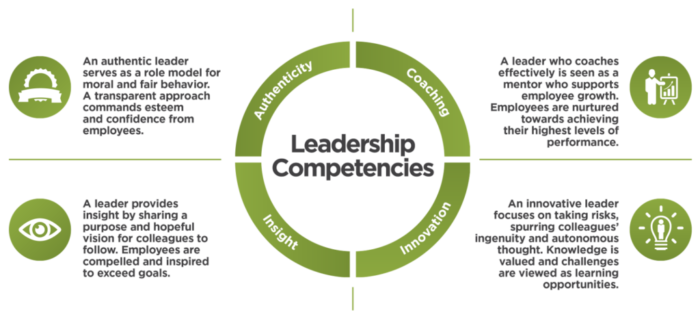

The CEO: Tom
Tom was the founder and CEO of a small IT firm that provided remote troubleshooting and cyber security services. Tom was doing very well in driving clients into the IT firm but struggled to maintain motivation among his staff.
The office had two departments: sales and IT support. The sales team consisted of a group responsible for client management and up-selling services. Conversely, the IT support team had several types of engineers that provided technical client support.
Although Tom meant well, he favored IT support since they drove the business. This resulted in silo wars between the sales and IT support departments. Morale was very low in the sales department, which caused high turnover.
The frequent conflict resulted in low customer service and ticket resolution since both departments refused to work together. Tom tried team-building exercises and weekly meetings, but any attempt to resolve the departments’ friction was met with resistance.
Eventually, Tom contacted a consultant to help resolve the internal battles between departments.
The consultant suggested that Tom participates in an EQ 360-degree feedback assessment. Tom assigns his vice president of billing, two directors, and three employees to complete the EQ 360 assessing Tom’s leadership.
The consultant highlights the fourth hallmark quality of an emotionally intelligent leader – Innovation.
The Innovative Leader
Focuses on experimenting, sparking employees’ ingenuity and independent thinking.
Employees can feel their innovative leaders’ passion seeping through their vision. These leaders love what they do and ensure everyone works towards the vision for themselves and the organization.


Innovation also comes from simplification. These leaders can simplify the most abstract and complex topics into something easily understood by others. From that simplicity comes meaningful connections. Once we understand a topic, it’s easier to see potential relationships.
Lastly, innovative leaders light up fires within people by using storytelling. Stories are the easiest way to connect to others’ imaginations. Once a leader can inspire imagination among employees, innovative ideas are born.
Six EQ skills differentiate innovative leaders from average leaders: Self-Actualization, Independence, Problem-Solving, Assertiveness, Flexibility, and Optimism.
Self-Actualization
Innovative leaders find purpose in their role and perform beyond imaginable. When leaders have a higher sense of accomplishment, they are inspired and act as role models for their team. At the same time, the team can feel their leaders’ internal drive towards a vision.
Tom scored low on the EQ skill, Self-Actualization. Although Tom was a great salesman, he didn’t have a unified vision for himself or his IT firm. The first recommendation consisted of Tom developing a personal vision statement.
Then, have the firm create a new strategic plan, including a new mission, vision, and values statements. A new strategic plan can create a shared purpose for both departments, which will create unity and collaboration.
Independence
A leader with independence can hold space for their own and others’ ideas while making their own decision. These leaders don’t allow emotional dependency or others’ opinions to deter them from decision-making.


Tom scored below average on independence. Having too much independence can hurt buy-in from the team. Leaders can make sure this doesn’t happen by seeking feedback from employees.
Thus, the consultant suggested that Tom seek and listen to feedback from employees. He should find answers to questions such as:
- Do you have a decision-making process? If so, what does it look like?
- When you seek counsel for an issue, who do you usually go to?
- Do you take that person’s advice or come to your conclusion on your own?
Answers to these questions can help determine Tom’s decision-making process and whether he needs to update his current model.
Problem-Solving
An EQ skill that Innovative leaders have the most skill in is managing problems without being controlled by strong emotions. These leaders show focus and poise as they think of solutions to problems.
Innovative leaders are masters of considering several perspectives without being overtaken by emotions, leading to more solutions. Tom scored low on problem-solving, highlighting his inability to connect the sales and IT departments.
Since Tom is too quick to jump into problem-solving, the consultant assigns two directors to be his problem-solving sounding board. Tom must describe his interpretation of the problem to both directors as clearly as possible. Then, the directors will ask questions, and if Tom can’t answer a question, he needs to seek more clarity on the issue.
Assertiveness
Leaders that search for the right language at the right time to express their thoughts and feelings to employees are assertive. This EQ skill helps leaders gather resources and help remove issues that may affect their teams’ success.
Tom scored average in the EQ skill assertiveness. Since Tom is adept at sales, he has a healthy baseline of assertiveness. Unfortunately, he doesn’t know how to apply assertiveness while trying to get buy-in from both departments.
The consultant identified that Tom has an issue with taking the initiative after asserting his position. Thus, a strategy consists of Tom taking the initiative to start the team’s movement until the task completion. A director was assigned to be Tom’s sounding board during this process.
Flexibility
Innovative leaders remain flexible in their thinking, feelings, and interactions during change. Flexible leaders inspire adaptive thinking and ideas while continuously learning from emerging risks.
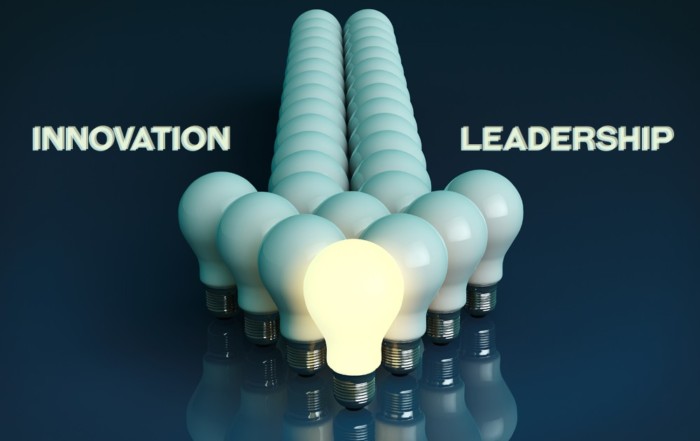

These leaders are exceptional role models to their employees. Characteristics like resilience, adaptability, flexibility, and growth mindsets are desirable traits to develop. As more employees learn to adopt innovative characteristics, more creative ideas are generated.
Tom scored above average in Flexibility, but he has problems applying this EQ skill to his convictions. In other words, the IT department easily influences Tom’s opinions. The consultant recommends a strategy of re-designing Tom’s core beliefs and values. Then, Tom should ensure his leadership style embodies his core strategy.
Optimism
The ability to remain optimistic despite failures is a cornerstone of innovation. If leaders can’t handle the adversity of thinking outside the box, they will never influence employees to follow their lead.
It’s beneficial to view your work and life positively. Connecting your vision and passion to your role as a leader helps increase optimism. Tom scored highest in the EQ skill Optimism.
Three Steps to Implement Innovation in your Organization
Most business leaders like discussing innovation during meetings but rarely take implementation measures. Dr. Stein suggests a three-step process that organizations can follow to adopt innovation:
Define the type of innovation that drives growth and meets strategic objectives for your specific organization
Various factors cause most businesses to differ in terms of growth and direction. For example, the type of industry your business is in can drastically influence your business’s strategies for strategic direction. It’s imperative to have the entire organization meet to discuss and agree on what type of innovation is best suited for success.
Add the topic of innovation to the formal agenda during executive meetings
Leaders can use these meetings to develop several ways to promote innovation among employees. For example, encouraging employees to think of alternative ways to reach their objectives is a good strategy.
Set performance metrics and targets for innovation
Key performance indicators (KPIs) are a great way to measure innovative progress. An excellent suggestion is to turn innovation into a healthy competition and reward the winner.
Conclusion
Innovative leaders are creative and resilient toward change. These leaders are intuitive, flexible, and constantly think of new ways to solve problems and achieve their goals. Vision is a large part of their lives, and they are excellent at communicating the importance of this vision to their employees.
The six EQ skills that innovative leaders excel in are Self-Actualization, Independence, Problem-Solving, Assertiveness, Flexibility, and Optimism. The consultant has provided five different strategies to help Tom develop into a more innovative leader.
Bianca Cardenas, M.S., Ph.D., is a Fellow in Executive Assessment and Consulting with Leadership Worth Following. Dr. Bianca Cardenas empowers leaders to transcend competition by helping them unlock their people's potential.
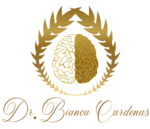














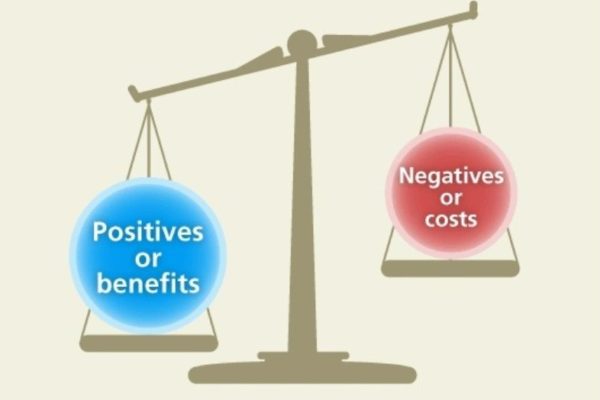





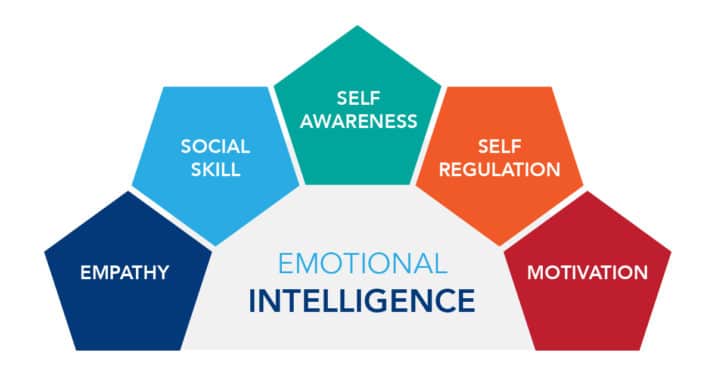

I was just searching for this info for a while. After 6 hours of continuous Googleing, finally I got it in your site. I wonder what is the lack of Google strategy that do not rank this type of informative websites in top of the list. Normally the top sites are full of garbage.